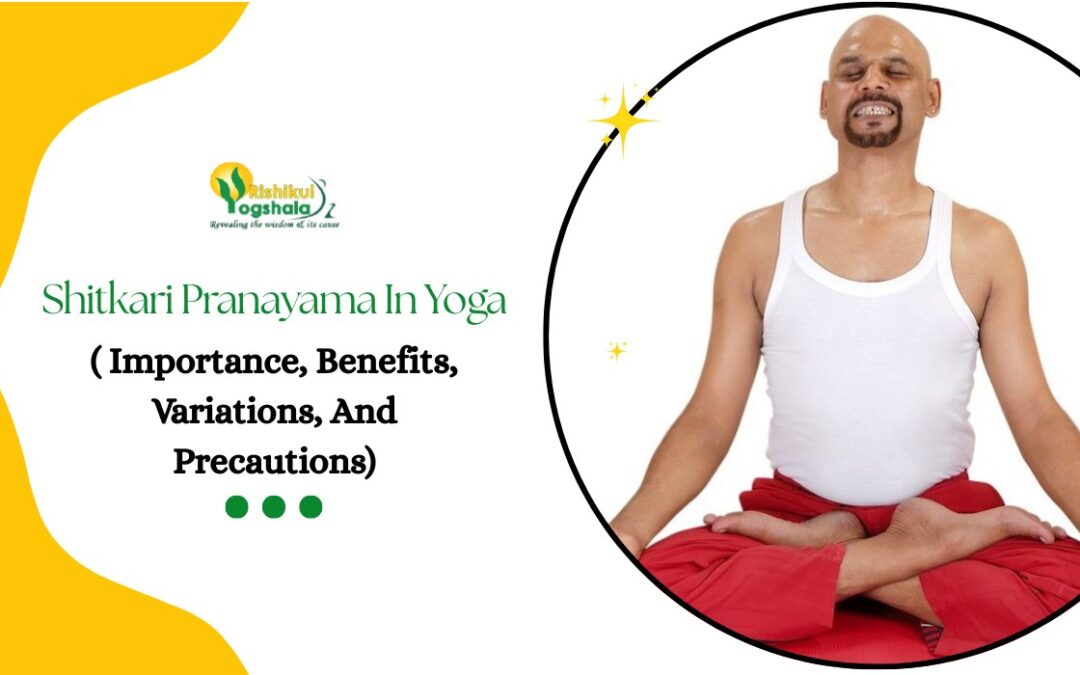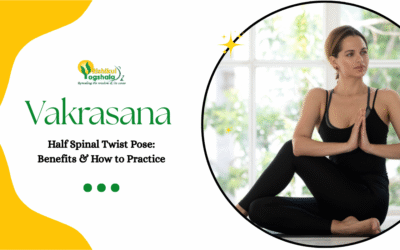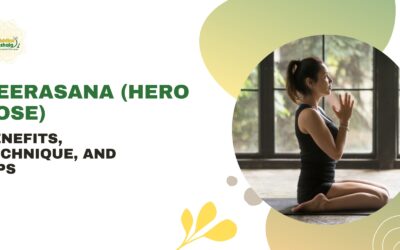Kāraṇḍavāsana also called Waterfowl Posture or Himalayan Duck Pose derived its name from two Sanskrit words, Karandava (Goosander or Merganser) and Asana (Pose). This pose is a combination of three poses, namely Pincha Mayurasana (Feathered Peacock Pose), Bala Kakasana (Baby Crow Pose) and Padmasana (Lotus Pose).
Duck symbolism is closely connected with your emotional state, and it reminds you to swim across the waters of your life with ease and confidence and to not neglect your emotional needs but rather become aware of them.
Karandavasana is generally considered as an advanced-level pose; however, it is also taught as part of the Intermediate Ashtanga Series. This pose strengthens the arms, and shoulders along with the core.
Powers Of Duck
Physical Power
Ducks are friendly creatures that are also called water fowls as they are mostly found living in water places like ponds, lakes, marshes, rivers, and oceans. Ducks symbolize freedom, protection, flexibility, and adaptability. Yogis may get the power of the duck by practicing this asana which is associated with ducks physical qualities. Good circulatory system – in ducks’ legs and feet that keeps them warm and enables them to swim in cold water, likewise yogis also get a good circulatory system in their entire body. Ducks also have very good eyesight and they see in color.
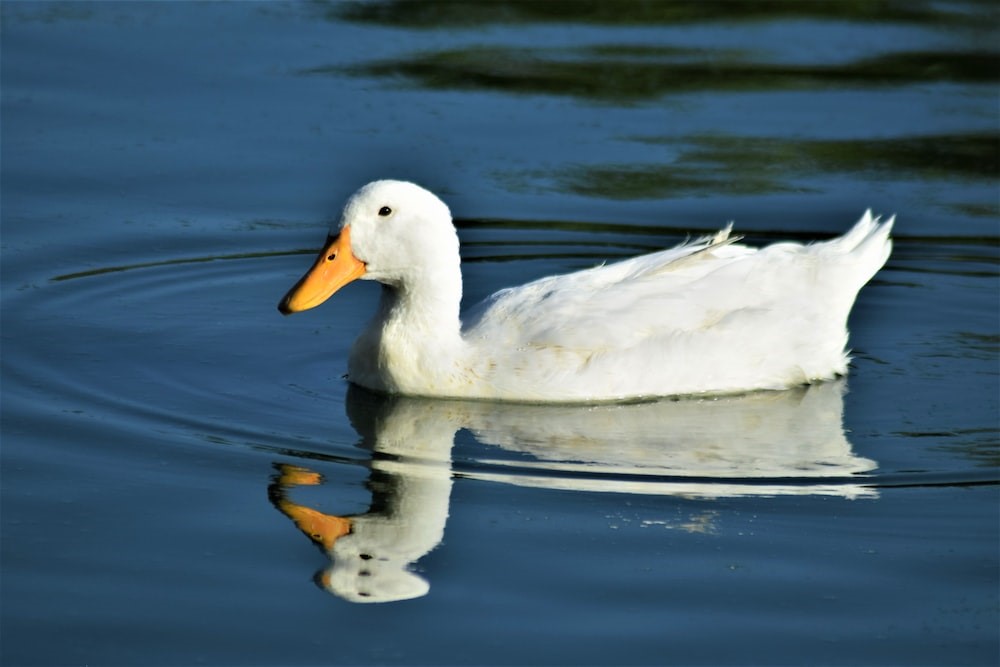
Ducks migrate long distances during winter. These birds fly forming a V shape for better efficiency. Yogis get immense stamina, and all their internal organs functions get improved. It strengthens the whole skeleton and muscular system. Blood circulation is highly increased and yogis experience good energy flow in the whole body.
Mental Powers
Ducks are not just sociable but they are quite clever too. These birds can sleep with one eye open making just half of the brain sleep while the other half of the brain stays active to stay alert and protect themselves from their predators. Yogis, by performing this asana can get this power to be alert all the time. Their awareness increases over a course of time and they become more intuitive. The power of the duck warns you to protect yourself from the negative emotions.
Sometimes we have seen ducklings in the form of a line following dogs, cats, and even humans. This special ability is called imprinting. The imprinting ability in these birds, according to scientists, suggests that ducks have the remarkable potential for abstract thought, something that is usually associated with intelligent beings like humans, primates, and dolphins.
Also Read: Apana Vayu Mudra: Top Benefits, Steps, Precautions, Tips for Beginners
Psychic Powers
Ducks are birds with different capabilities and are often believed to be creatures that travel between the realm of psychic forces and reality. Some people believe that the quacking of ducks is a good sign and it brings prosperity and good luck. And when a duck quacks very loudly, it is said that the rain is about to fall. Ducks remind us also not to be completely shut off from everyone to shield you from pain.
You must be ready to explore how you feel and experience human relationships, to truly know what it’s like to be a healthy and loving human! It teaches you to be intuitive and clever, to be selective when it comes to people you trust, and to take care of the people who have been with you through your ups and downs.
How To Do The Asana
Overview & Steps
This is an advanced group of asana and the first step starts with solid Pincha Mayurasana.
- In order to do Karandavasana you have to be able to do lotus with no hands. This is tricky. You can try by doing Karandavasana by lowering into a Bakasana with the forearms on the mat.
- If you are not able to achieve the right pose, practice lotus with no hands and lower the lotus from a tripod headstand.
- Once you are able to do lotus in Pincha start to lower it to the point that you can lift it up. Resist gravity here and lower slowly. Try to take the lotus lower and lower every time you practice – even if it’s only a half inch – and try to bring it back up.
- Lowering down slowly uses the same muscles as lifting up – but in this direction gravity helps! So go slowly.
- If you are not convinced, your lotus fits on your upper arms. Try it from a seated position and tuck your lotus to your armpits. This strengthens your core and gives you the sensation of panic energy.
- Never rest the weight on the forearms. Even if you are lowered all the way down, keep the sensation of you lifting you up!
- If you coil tightly then all you have to do to come back up is uncoil! Learn the movement in one direction first – and then work on building the strength for the other direction.
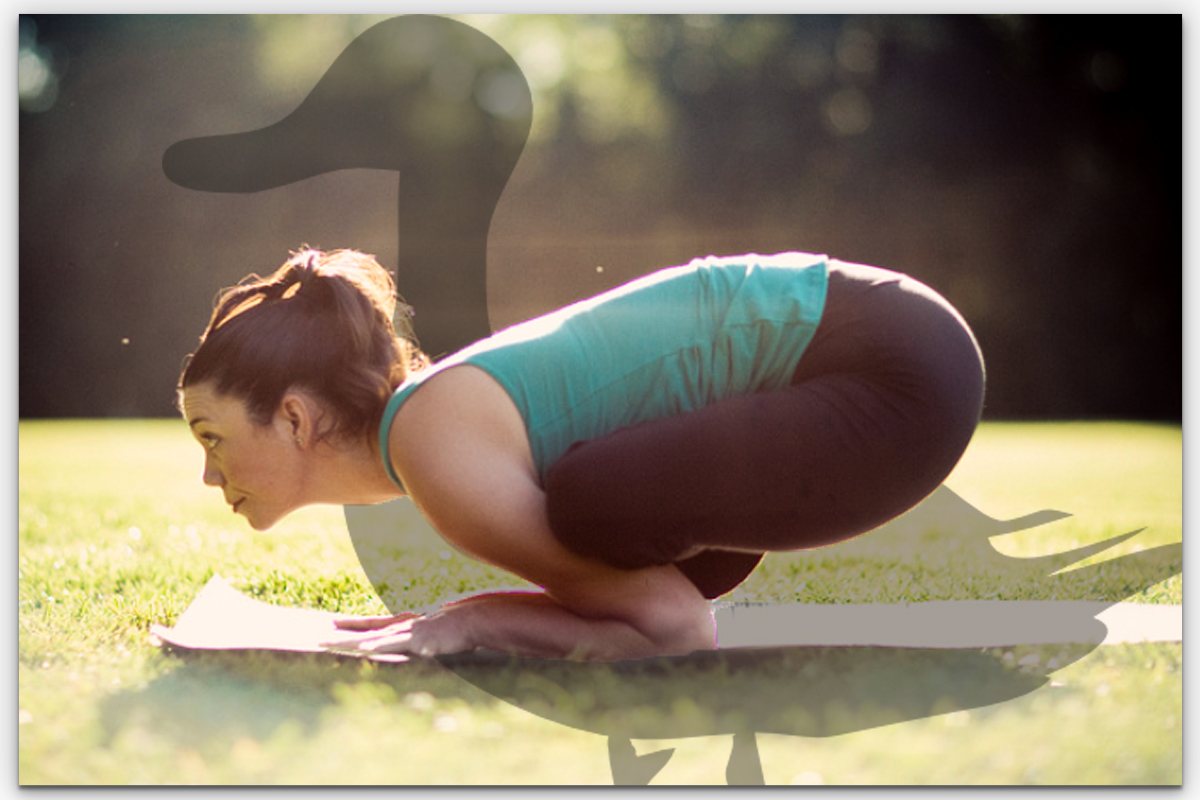
Safety & Precaution To Prevent Injuries
In Karandavasana, bringing the shoulders forward is the key in order to control the action of going down, and slow down your jump back
When jumping back, keep your spine as rounded as possible from the moment you move your hips up, back, and up, when you learn how to slightly bend at the elbows as you work on bringing the shoulders forward (as shown in the photo), it will help you to build the foundation on how to get into Karandavasana.
Lower the chin down, but work on keeping it hovering an inch above the floor and use the strength of the core. At this point, it is very important not to collapse the body weight over your foundation. Instead, keep the back rounded, suck the belly in, and keep pushing down away from your foundation, creating a lifting feeling while you hold the pose.
Anatomy Of Karandavasana
With stability in the shoulder joints themselves (through the engagement of the rotator cuffs), the scapulae are free to mobilize on the rib cage, and there can be more freedom in the thoracic spine to extend and for the rib cage to acquire breath. Mobility in the thoracic spine is important.
Shortness in the latissimus dorsi (Longest muscle in the upper body) can also pull the elbows wide by internally rotating the humerus (long bone in the upper arm). This can feel like tight shoulders, but can actually be addressed by side bending and other actions that lengthen the latissimus dorsi.
Initially for Padmasana, sitting with the legs crossed in such a way that the knees are higher than the hip joints can be helpful for those who don’t have a lot of external rotation or abduction in their hip joints (that is, if their knees don’t fall open to the sides very easily).
Preparatory And Follow Up Poses
Preparatory Asana :
- Baddha Konasana
- Lotus Pose
- Bakasana
Follow up Asana–
- Paschimottanasana
- Sarvangasana (Shoulder-Stand Pose)
Key Alignment Of Asana
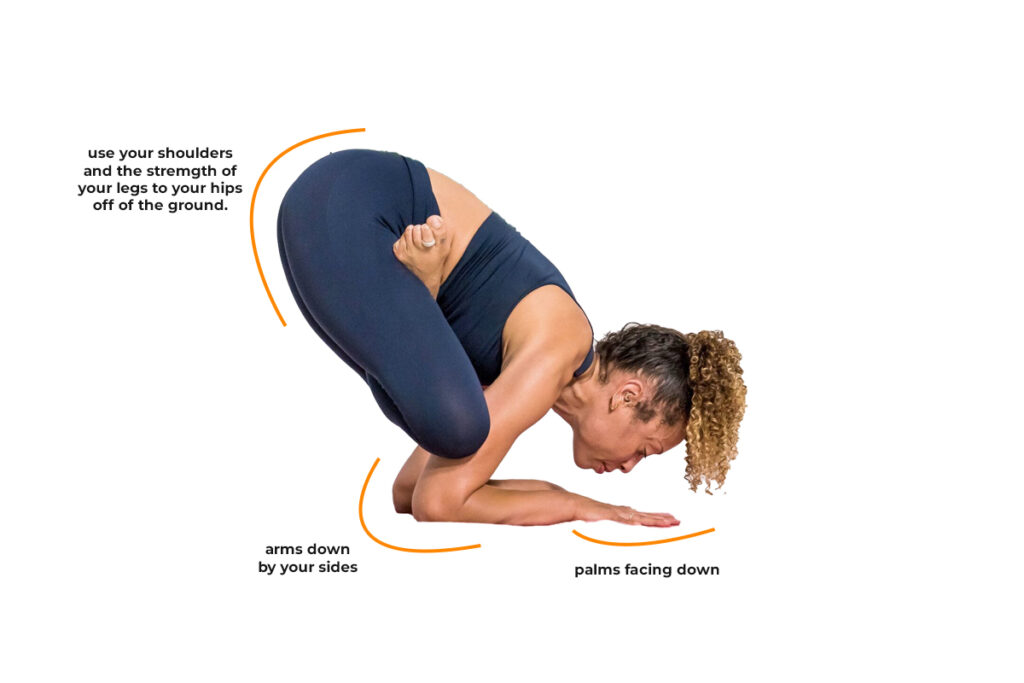
Importance Of Breathing In Karandavasana
Breathing is a most important key to get success in this pose because these structures need to be quite stable to maintain balance. The base support for this pose is formed by the forearms, rib cage, and thoracic spine; therefore, excessive chest breathing might interfere. On the other hand, the weight of the legs and pelvis and the curve of the lumbar spine need to be stabilized by the abdominal muscles, making too much abdominal movement counterproductive. Because of these factors, a breathing pattern (long, equally and smoothly throughout the pose) is very much essential. Coordinated breath supports your body and gives strength & stamina to maintain the pose at ease.
Process Of Meditation In Karandavasana
(Sthiram Sukham Asanam)
Karandavasana is a pose for advanced yoga groups that needs a lot of flexibility and concentration to maintain the pose. Once the yogis are able to achieve the stillness upon final pose, they can start visualization. Yogis can visualize a form of white duck which is full of cosmic power and has a great sense of intuition. By doing this they should see themselves transforming into it and their energy emerging within. This may help yogis to walk on the path of Meditation.
Benefits Of Duck Pose
1. Physical Benefits
Karandavasana strengthens the core, arms, and shoulders and opens the hips.
- It stimulates all the internal organs and improves digestion.
- This pose helps to bring stamina and good resistance power developed.
- Create good physical & mental balance.
- The whole circulatory system is improved with this practice.
- This pose helps build triceps and biceps.
- This pose, if practiced on a regular basis, makes the arm stronger and improves the arm balance.
2. Psychological Benefits
- This pose improves focus and concentration.
- It alleviates mental stress and anxiety.
- Karandavasana calms the brain.
- Create a good mental balance and harmony.
- It gives the feeling of joy & happiness, motivation, inspiration and boosts up all positive qualities within.
- This pose overcomes aggression, anger, jealousy and depression.
- This pose relieved deep-rooted tensions from the mind, body, and emotions.
3. Mystical Benefits
This pose always makes you remember to be in the moment. This is where your energies are strongest and your personal powers are more solid. Use your time and energy wisely because you never know when things are going to get tough and you need to be as prepared as possible. It helps one figure out their passion in life and restores their self-confidence.
Enjoy the calm and gentle moving waters of life and just allow them to take you where they will take you. Sometimes the best thing to do is to just go with the flow and enjoy the journey!
4. Spiritual Benefits
Karandavasana helps to develop a sensitivity that allows you to see what others cannot. This is what makes you a Great Leader, Nurturer, Adviser, and Friend. You become more Graceful and Agile, and you are respected for your beauty and grace even in tough or awkward situations.
It builds up the unique qualities within you such as helping people. Duck symbolism also points towards you being connected to the community.
Karandavasana activates and balances the Third Eye Chakra (Ajna Chakra), the sixth chakra located between the eyebrows. It is the center of intuition and vision. This chakra is also connected to wisdom and insight. This pose awakens the deep awareness and inner perception.
Contraindications
- Karandavasana is an advanced level pose therefore, it is recommended to perform under the supervision of an expert.
- Avoid this pose if you have a shoulder or arm injury.
- Hernia, intestinal tuberculosis etc., are diseases with which this asana must not be performed.
- Pregnant women should avoid this pose, as it is an advanced-level yoga pose and it involves great strength, stamina and balance.
Conclusion
Dive into Duck Pose, where breath becomes a vital guide. Elevate your practice at our Yoga School in Rishikesh, offering immersive 200 Hour and 300 Hour Yoga Teacher Training. Experience the importance of breath in this rejuvenating pose during your Yoga Teacher Training in Rishikesh. Rishikul Yogshala in Rishikesh offers comprehensive courses like the 200 Hour Yoga Teacher Training in Rishikesh, 300 Hour Yoga Teacher Training in Rishikesh, and 500 Hour Yoga Teacher Training in Rishikesh. These programs are designed to help you master your practice and share the transformative power of yoga with others.


